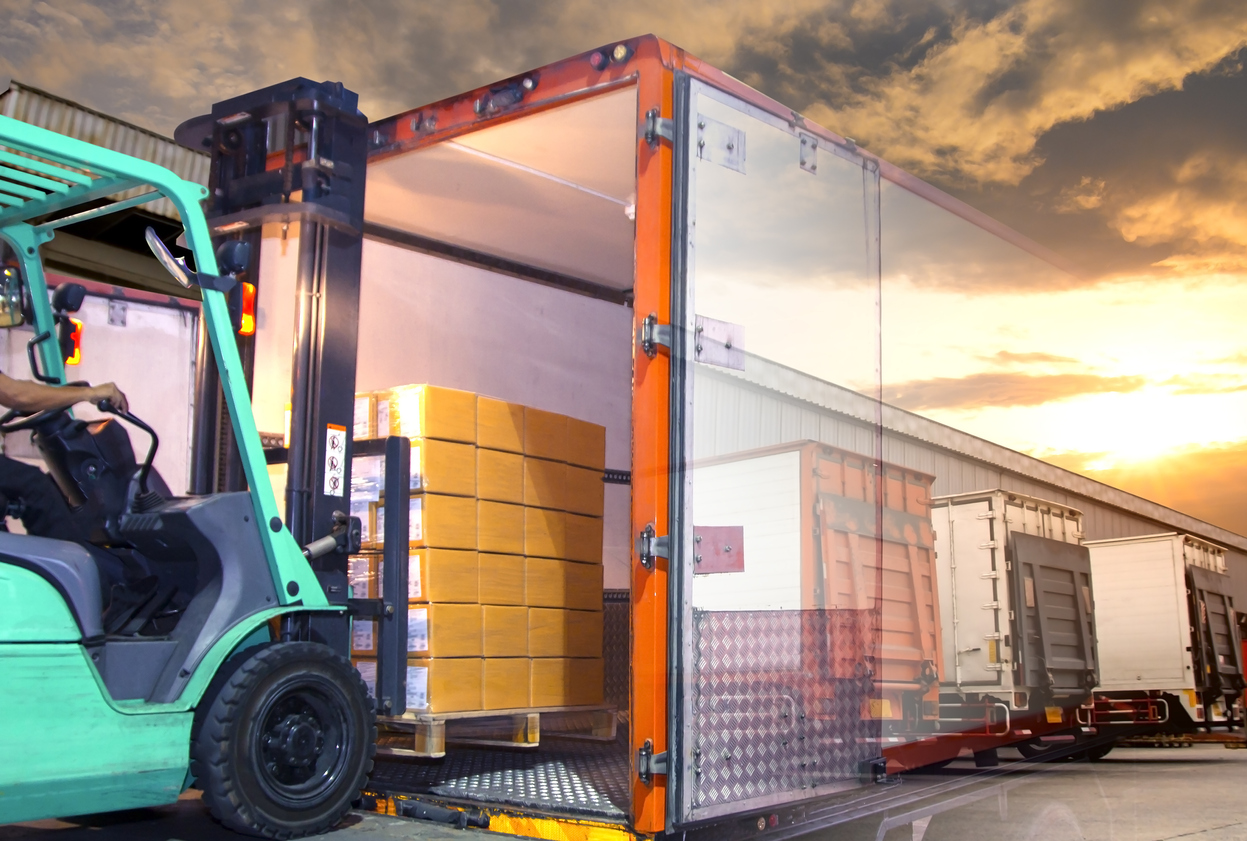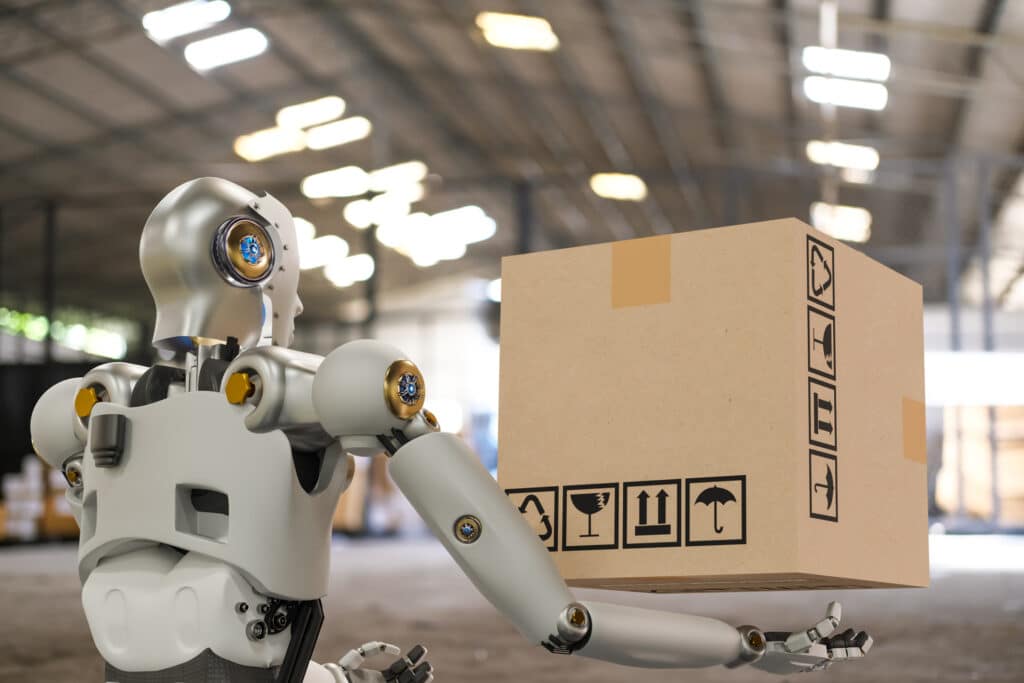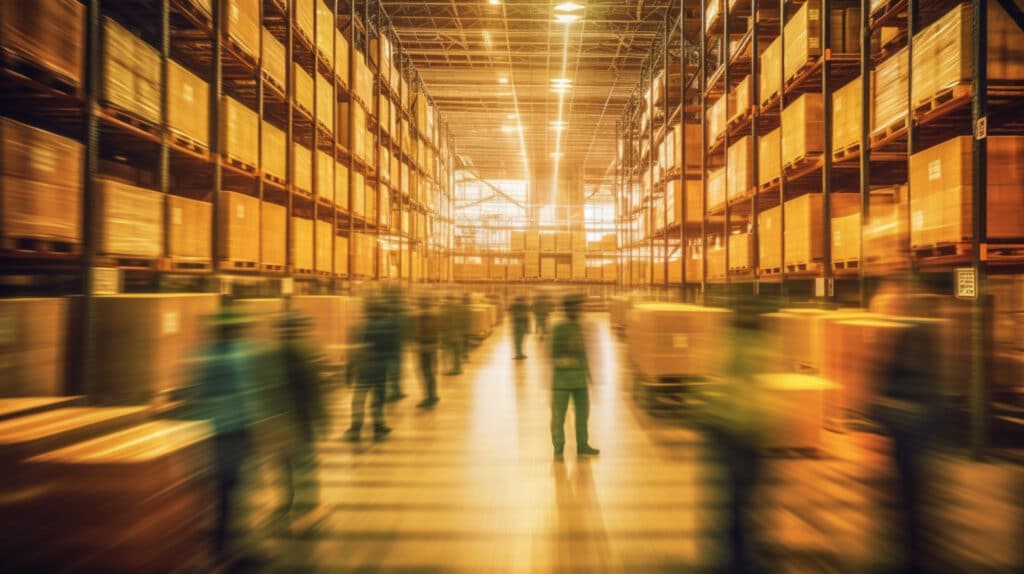Amazon testing new robots to increase the safety of warehouse workers
Amazon has released the details of four safety robots it is testing in its warehouses, as reported on CNBC. The robots will not replace workers, but rather perform certain tasks for them in order to decrease human risk. The robots will do things like move heavier objects and lift things down from shelves, tasks that are often physically strenuous for humans.
“In May, Amazon announced a goal of reducing recordable incident rates by 50% by 2025. It plans to invest over $300 million into safety projects this year.”
The challenges and benefits of circular supply chains
According to The Harvard Business Review, there are many reasons why the idea of circular supply chains is catching the attention of both policymakers and consumers. A major reason is sustainability. As the processes of the supply chain have become more public, they’ve fallen under greater criticism from consumers who are concerned about the impact discarding materials has on the environment. There are several sectors where there are circular supply chains already working effectively including aluminum and clothing.
There are many scenarios in which circular supply chains face steep challenges due to the complexity of the product or the design of the economy in place where the system would be adopted. The specialization and sophistication of products would also likely decrease.
“Consumers would get slightly less sophisticated products, and experience suggests that most would not be willing to forego performance for environmental sustainability at the moment.”
Businesses pushing Biden Administration to manage shipping crisis
Logistics Management reports multiple letters have been penned to the Biden Administration by various organizations and companies, including the National Retail Federation and the American Apparel & Footwear Association, calling for the president to take action to relieve the current shipping crisis. Businesses continue to be affected by port congestion, shipping delays, and low carrier capacity, all of which are driving inventory shortages and an increase in costs.
“The top NRF executive concluded his letter to President Biden by stating that as the White House undergoes supply chain reviews for critical sectors, including transportation, addressing the current state of U.S. ports and freight movement needs to be a critical component of the strategy.”
Here are previous posts on robots here (Getting Robots to Pay for Themselves) and here, with How smart is your robot?







